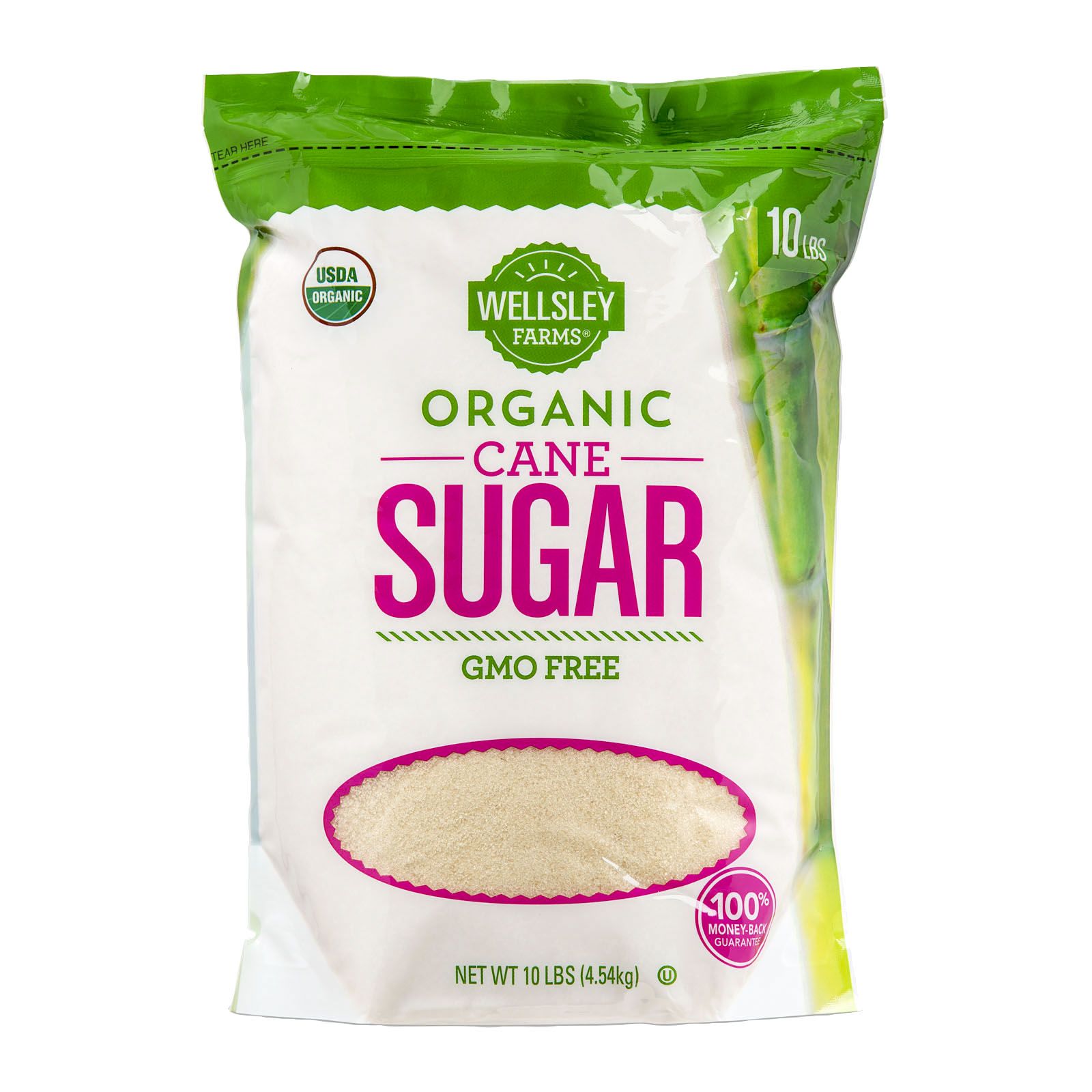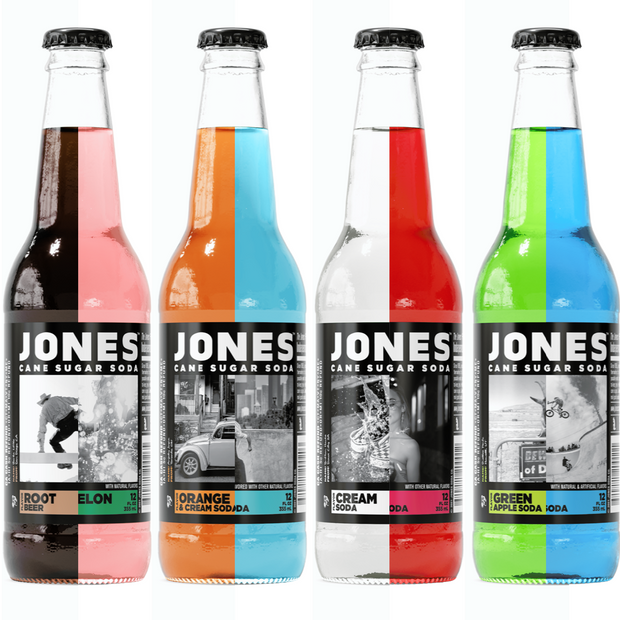Comprehending Cane Sugar Processing: A Comprehensive Introduction of the Stages
Comprehending Cane Sugar Processing: A Comprehensive Introduction of the Stages
Blog Article
Exploring the Comprehensive Tips Involved in Walking Cane Sugar Handling From Collecting to Improvement
The process of cane sugar production includes a series of complex actions, beginning with the cautious harvesting of sugarcane and culminating in the refinement phases that guarantee the end product meets sector standards. Each stage, from the removal of juice to the filtration and crystallization procedures, plays an essential function in identifying the high quality and character of the sugar. Recognizing these stages not only highlights the complexity of sugar production however likewise raises vital questions concerning effectiveness, sustainability, and development in the industry. What effects do these aspects have for future practices?
Harvesting Sugarcane
Harvesting sugarcane is an important action in the walking cane sugar handling chain, as it directly affects the high quality and yield of the final product. Appropriate timing and methods are necessary throughout this phase to guarantee ideal sugar material and reduce losses. Usually, sugarcane is gathered when it gets to maturity, typically 12 to 18 months after planting, identified by a high sucrose concentration.

Post-harvest, the sugarcane must be refined quickly to prevent sucrose destruction. Ideally, gathered cane needs to be carried to refining centers within 24-hour to protect sugar top quality. As a result, reliable logistical preparation is important to maintain the stability of the collected crop throughout the supply chain.
Extraction Refine

The smashed cane goes through a collection of pushing operations to optimize juice recovery. Generally, warm water is splashed onto the smashed walking stick, creating a countercurrent flow that aids liquify the sugar while also assisting in the removal process. The juice accumulated from this operation contains not just sugar yet likewise various natural substances and pollutants.

To improve extraction efficiency, some centers may employ diffusion approaches, where the sugarcane is saturated in warm water, permitting the soluble sugars to diffuse into the fluid. The resulting juice, abundant in sucrose, is then guided to subsequent handling stages, laying the foundation for filtration and improvement. The extraction process is thus pivotal in determining the top quality and yield of the last sugar product.
Purification Methods
The purification methods employed in walking stick sugar processing are vital for changing the raw juice right into a top notch sugar product. These techniques largely aim to eliminate contaminations, such as soil, plant products, and inorganic compounds, which can detrimentally affect the last item's flavor and color.
This process includes including lime and warm to the raw juice, which promotes the coagulation of impurities. Furthermore, the usage of phosphoric acid can boost the clarification procedure by further binding impurities.
One more considerable method is carbonatation, where co2 is presented to the cleared up juice. This reaction creates calcium carbonate, which records continuing to be pollutants and advertises their elimination.
Additionally, triggered carbon treatment may be related to adsorb any staying colorants and organic impurities, guaranteeing a more refined product. The combination of these methods successfully prepares the sugar juice for subsequent actions in the refining procedure, establishing the phase for the production of premium cane sugar.
Condensation Methods
After the filtration phase, the following critical action in walking cane sugar processing involves condensation techniques, which play a critical click this site role in changing the clarified juice right into solid sugar. This process usually employs two primary approaches: spontaneous condensation and controlled formation.
In spontaneous formation, supersaturated sugar services are allowed to cool down normally, leading to the development of sugar crystals over time. This method enables for the consistent development of sugar crystals and higher pureness.
Throughout formation, the clarified juice is focused through evaporation, boosting its sugar web content till it reaches supersaturation. When this factor is achieved, either method can help with the formation procedure. Cane Sugar Processing. The resultant sugar crystals are then divided from the continuing to be syrup through centrifugation
Ultimately, the option of crystallization technique impacts the high quality, size, and purity of the final sugar item, making this step crucial in the overall cane sugar processing procedure.
Refinement and Packaging
How can the pureness and quality of walking stick sugar be better improved after condensation? The refinement procedure plays a critical role in attaining high-grade walking stick sugar.
Next, the sugar undergoes a procedure called centrifugation, where it is spun at broadband to separate the detoxified sugar crystals from go to my site the staying fluid. After centrifugation, the sugar is frequently more fine-tuned via a technique called carbonization or phosphatation, which makes use of triggered carbon or phosphoric acid to eliminate color and off-flavors.
As soon as fine-tuned, the sugar is dried out to achieve the desired moisture material, ensuring that it remains secure throughout storage and transportation. The final action involves product packaging the polished sugar in closed and moisture-proof containers to maintain its high quality and protect against contamination. Cane Sugar Processing. Appropriate product packaging not only prolongs life span but likewise facilitates simple handling and circulation, guaranteeing that customers receive sugar that meets the greatest requirements of purity and top quality
Verdict
The extensive actions associated with cane sugar processing, from the careful harvesting of sugarcane to the detailed improvement and packaging stages, underscore the click here for info value of each stage in making certain premium sugar manufacturing. Optimal harvesting methods, effective removal techniques, and strenuous filtration processes collectively add to the last product's pureness and security. The crystallization and subsequent packaging practices even more improve the honesty and life span of the sugar, highlighting the complexity and precision fundamental in this crucial farming industry.
The process of cane sugar manufacturing incorporates a collection of complex steps, beginning with the careful harvesting of sugarcane and culminating in the improvement phases that guarantee the final product meets sector requirements. Ideally, harvested cane should be transported to refining centers within 24 hours to preserve sugar quality.In spontaneous formation, supersaturated sugar remedies are enabled to cool normally, leading to the formation of sugar crystals over time - Cane Sugar Processing. The improvement procedure plays a critical duty in achieving top notch cane sugar.The detailed steps included in cane sugar handling, from the precise harvesting of sugarcane to the elaborate refinement and product packaging stages, highlight the importance of each stage in making certain top notch sugar production
Report this page